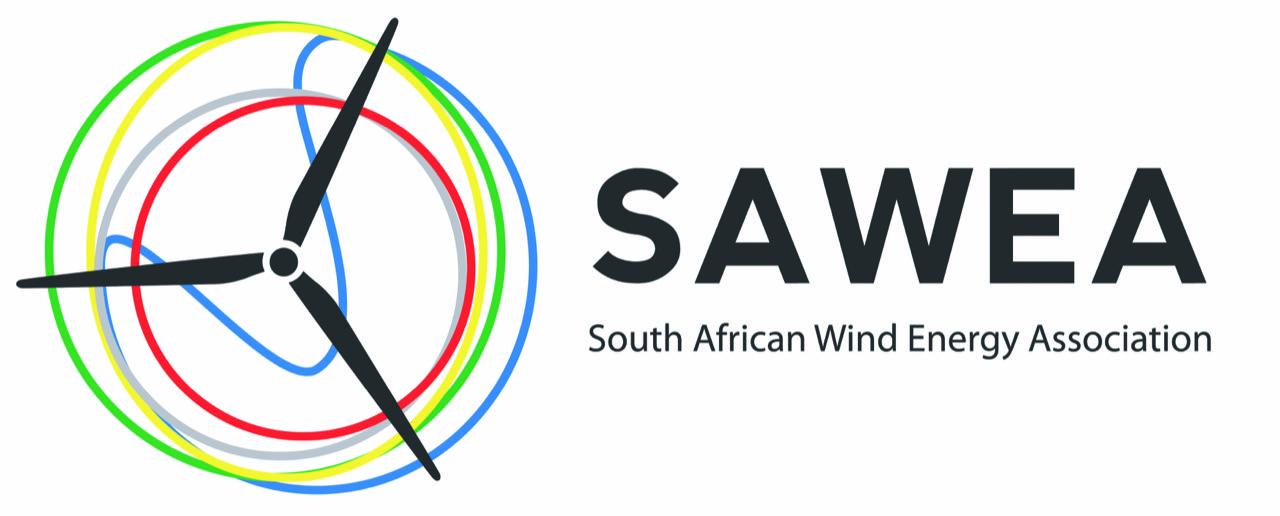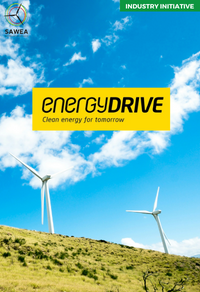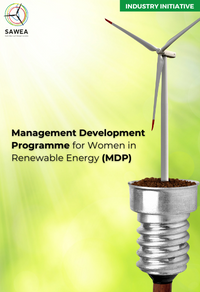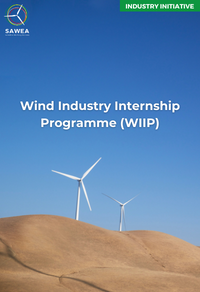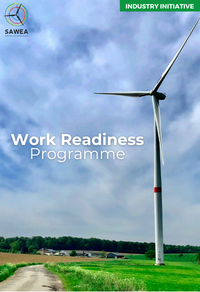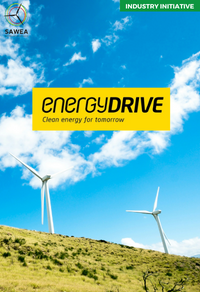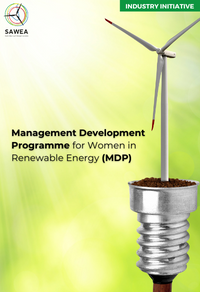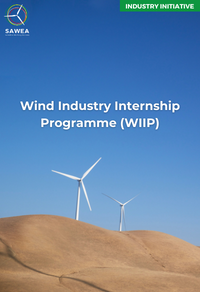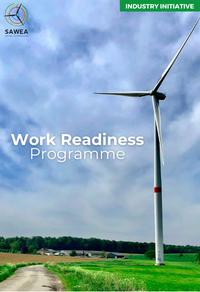Wind Energy Keeping the Lights on in 3.6 million households
South Africa’s energy outlook continues to improve, with Eskom's State of the System and Winter Outlook indicating that collaborative efforts are contributing to improved energy availability factors. While more is needed to end the energy crisis, wind energy remains a crucial part of the energy mix to combat loadshedding.
As winter approaches, the pressure on South Africa's national grid will increase. Despite recent efforts to bolster capacity, the path to energy security remains full of obstacles. The integration of renewable energy, particularly wind power, is critical to these efforts considering that wind energy already adds up to 2GW of power during peak hours - significantly alleviating the strain on the grid and reducing the effect of loadshedding.
"With the current wind capacity of 2GW, wind power alleviates between one to two stages of load shedding during peak periods by contributing to the grid. Developments of this scale have the potential to power approximately 3.6 million households annually in South Africa, providing relief to the country’s dire economic conditions stemming from energy security issues," explains Niveshen Govender, Chief Executive Officer of the South African Wind Energy Association. "Through new generation capacity, wind power can positively impact South Africa’s economy, enabling businesses to thrive and restore investor confidence in the country."
Over the past decade, wind energy has not only been a key component of South Africa’s energy mix, but also a driver of resilience and sustainability. Wind energy will continue to play a significant role in the energy mix given the large project development pipeline (32GW) of wind projects in South Africa.
This is evidenced by the 2023 Renewable Energy Grid Survey, which is a collaboration between SAWEA, Eskom and SAPVIA. In the Association’s effort to ensure the most accurate and updated projections, the survey has become an annual monitoring tool requesting developers to provide information that will assist with future energy planning.
"Despite the industry's efforts in developing this pipeline of projects, there are hurdles such as grid capacity that need to be addressed for us to reap the benefits of new generation capacity for energy security," explains Govender. "Through continuous engagement and collaboration, as well as deliberate efforts in resolving grid constraints, we could potentially accelerate additional wind power through the public procurement programme, ensuring a successful BW 7."
“Given the positive peak forecast presented by the system operator, and as we further observe what the system requires, the wind industry continues to support energy security through several private Power Purchase Agreement (PPA) projects that have now entered the construction phase,” adds Govender.
These include projects such as Seriti Green’s Ummbila Emoyeni wind farm in Mpumalanga, which will generate 155MW as part of the project’s initial phase of the 900MW renewable energy cluster. Additionally, the Impofu cluster of wind farms in the Eastern Cape will generate a combined 336 MW to supply Sasol and Air Liquide. These projects bring a combined 491MW and R 13.5 billion investment in the short to medium term.
Beyond the energy security benefit of these wind farms, these initiatives contribute towards a clean energy transition and enhance energy supply, whilst supporting local community development by fostering new green skills.
“Harnessing the full potential of wind energy not only addresses immediate challenges like loadshedding, but also paves the way for a more resilient and prosperous energy future for South Africa,” concludes Govender.
